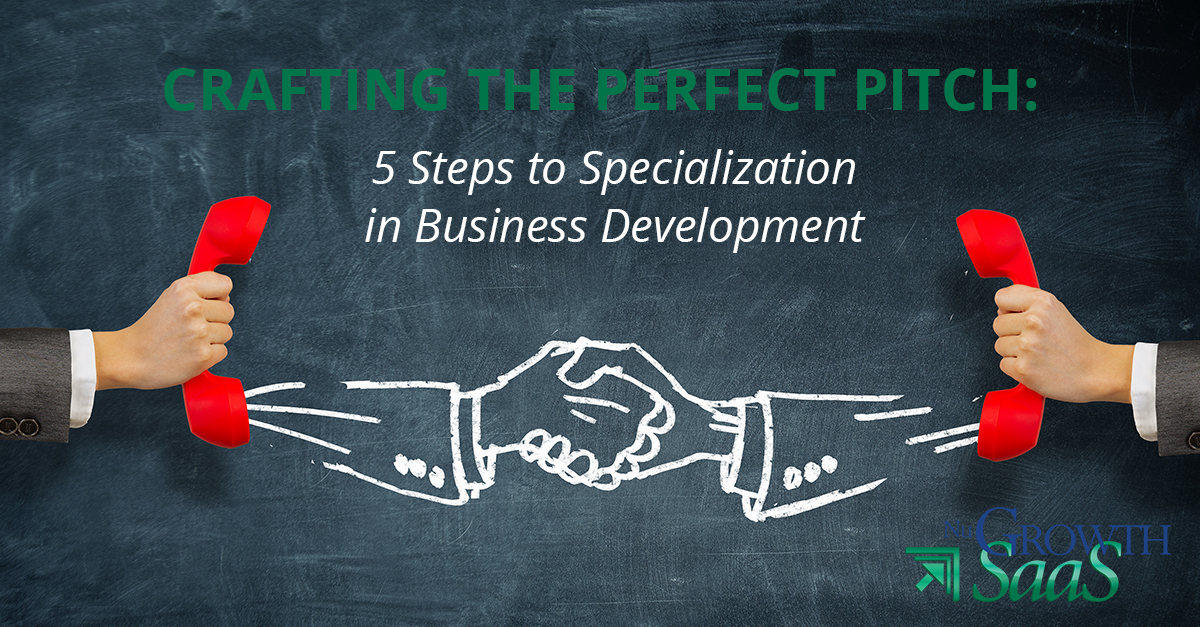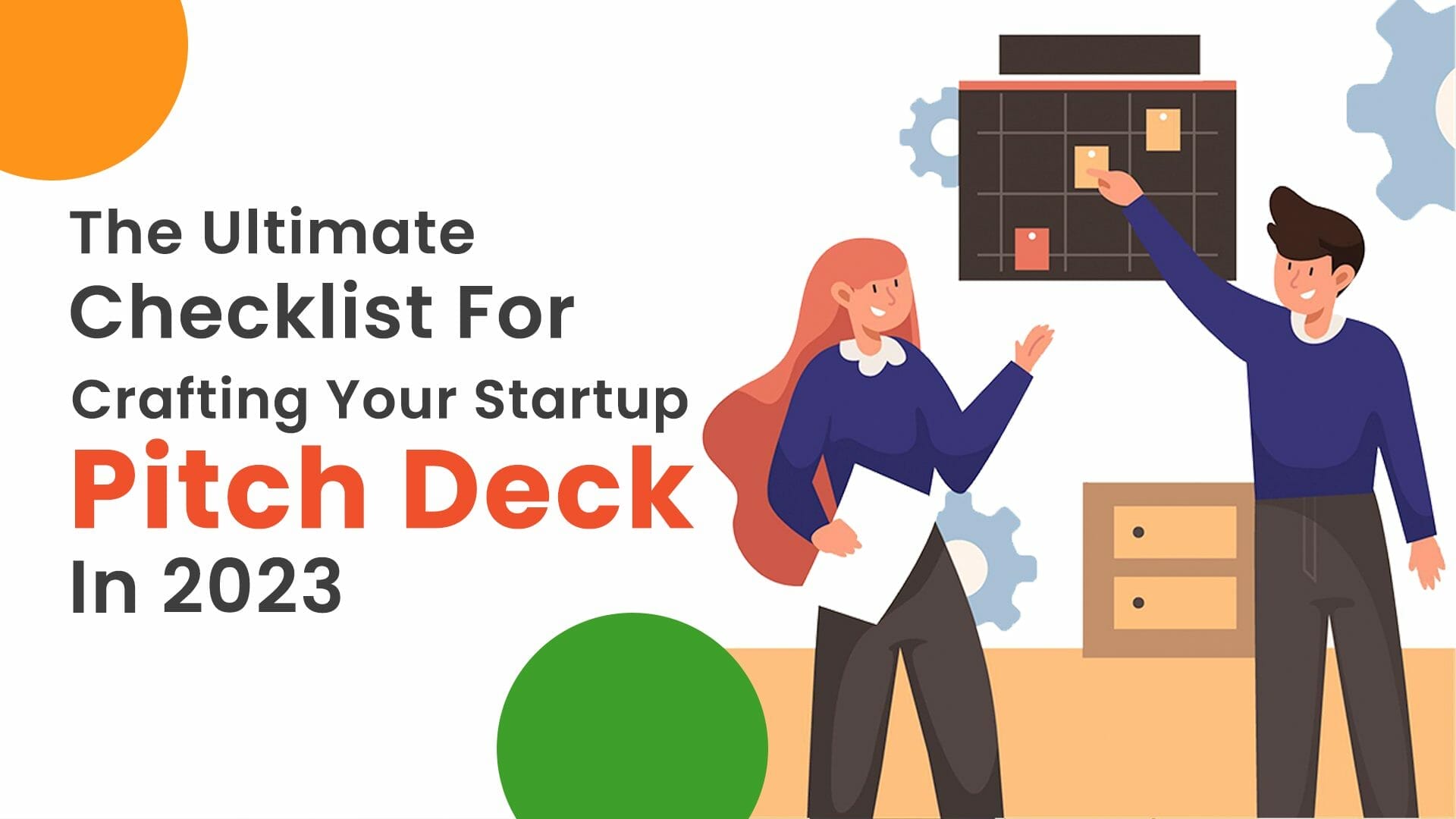Crafting the Perfect Pitch: Unlocking the Power of Features and Benefits

You’ve poured your heart and soul into creating a product or service that you believe in. Now, the challenge lies in translating that passion into a compelling narrative that resonates with potential customers. This is where the art of highlighting features and benefits comes into play, transforming a mere description into a persuasive story that drives action.
Think of it this way: your product or service is a house, and you, the architect and interior designer, are tasked with building a captivating experience for the potential buyer. You need to showcase not only the beautiful structure (features) but also the comfortable, functional, and desirable lifestyle it offers (benefits).

To help you master this art, let’s delve into the key elements of crafting a winning pitch:
1. Defining Your Ideal Customer:
Before diving into features and benefits, you need to understand who you’re talking to. Who is your ideal customer? What are their needs, desires, and pain points?

- Create a Persona: Imagine a specific person who embodies your target audience. Give them a name, age, profession, lifestyle, and aspirations. This will help you personalize your message and tailor it to their specific interests.
- Conduct Market Research: Understand your target market’s demographics, psychographics, and buying habits. This will provide valuable insights into their motivations and decision-making processes.
- Identify Their Needs: What problems does your product or service solve? What are their current frustrations and unmet needs?


2. Unveiling the Power of Features:
Features are the tangible aspects of your product or service. They are the building blocks that define its essence.

- Focus on What Matters: Don’t simply list every feature; prioritize those that are most relevant to your ideal customer’s needs and desires.
- Use Specific Language: Instead of saying "durable," say "made from high-quality, scratch-resistant stainless steel." Be precise and quantifiable whenever possible.
- Group Related Features: Organize features into logical categories to make them easier to understand and digest.



3. Unveiling the Benefits:
Benefits are the intangible advantages that your product or service offers. They are the solutions to your ideal customer’s problems and the reasons why they should choose you.
- Connect to Customer Needs: For each feature, explain how it directly addresses a specific need or pain point of your ideal customer.
- Highlight Tangible Outcomes: Instead of saying "easy to use," say "saves you 30 minutes each week." Quantify the benefits whenever possible.
- Focus on Emotional Impact: Appeal to your customer’s emotions by highlighting the positive feelings and experiences they’ll gain from using your product or service.


4. Crafting a Compelling Narrative:

Now that you have your features and benefits, it’s time to weave them into a captivating story.
- Use Storytelling Techniques: Create a narrative that engages your audience and makes them feel connected to your product or service.
- Emphasize the "Why": Explain the "why" behind your product or service. What problem are you solving? What impact are you making?
- Use Visuals and Demonstrations: Show, don’t just tell. Use images, videos, or live demonstrations to illustrate your product’s features and benefits.

5. The Power of Proof:
To build trust and credibility, back up your claims with evidence.
- Testimonials and Reviews: Share positive customer experiences to demonstrate the value of your product or service.
- Data and Statistics: Use data and statistics to support your claims and quantify the benefits.
- Case Studies: Showcase how your product or service has helped other businesses or individuals achieve success.
Examples of Feature-Benefit Combinations:
Let’s illustrate this concept with some examples:
Product: A Smart Home Security System
-
Feature: 24/7 professional monitoring
-
Benefit: Peace of mind knowing your home is protected even when you’re away.
-
Feature: HD video recording with cloud storage
-
Benefit: Capture clear evidence of any incidents and access recordings anytime, anywhere.
-
Feature: Easy-to-use mobile app
-
Benefit: Control your security system and receive alerts from your smartphone, making it convenient to manage your home security.
Service: A Personal Fitness Coaching Program
-
Feature: Personalized workout plans
-
Benefit: Achieve your fitness goals faster and more effectively with a tailored program designed specifically for you.
-
Feature: Weekly check-ins with a certified coach
-
Benefit: Stay motivated and accountable with personalized guidance and support from a dedicated coach.
-
Feature: Access to a library of workout videos
-
Benefit: Learn new exercises and stay engaged with a variety of workout options to suit your preferences.
Key Takeaways:
- Know Your Audience: Understanding your ideal customer is the foundation for crafting a compelling pitch.
- Highlight What Matters: Prioritize features and benefits that resonate with your customer’s needs and desires.
- Connect Features to Benefits: Explain how each feature translates into a tangible benefit for your customer.
- Tell a Story: Engage your audience with a narrative that highlights the value proposition of your product or service.
- Provide Proof: Back up your claims with evidence to build trust and credibility.
By mastering the art of highlighting features and benefits, you can transform your product or service into a compelling story that resonates with your ideal customers and drives informed purchasing decisions.

